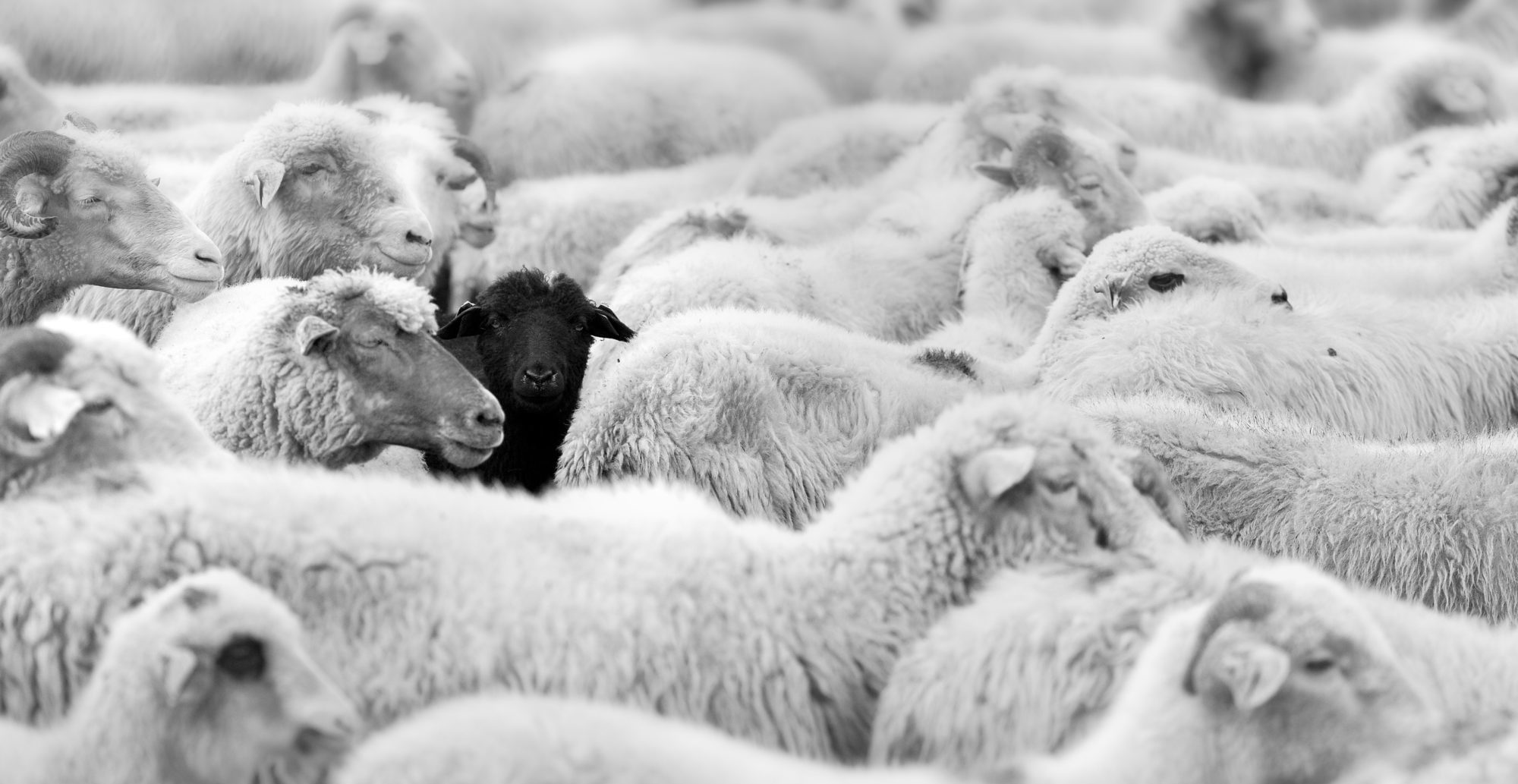Read, discuss and contribute to the open book initiative on Data-driven Surveillance (From syndromic surveillance to data-driven surveillance in animal health).
Ongoing DDS projects at the National Veterinary Institute, Sweden:
ORION - One health surRveillance Initiative on harmOnization of data collection and interpretatioN. 2018-2020. The ORION project aims at establishing and strengthening inter-institutional collaboration and transdisciplinary knowledge transfer in the area of surveillance data integration and interpretation, along the One Health (OH) objective of improving health and well-being. This will be achieved through an interdisciplinary collaboration of 13 veterinary and/or public health institutes from 7 European countries. This project is funded by the European Union’s Horizon 2020 research and innovation programme.
NOVA - Novel approaches for design and evaluation of cost-effective surveillance across the food chain. 2018-2020. NOVA, strives to develop new surveillance tools and methods and to harmonise and optimise the use of existing surveillance system data. The project group consist of a network of 19 Med and Vet institutions from 10 European countries. This project is funded by the European Union’s Horizon 2020 research and innovation programme.
PigPeaks - Early detection of production and health problems to reduce losses in pig production. 2018-2020. Disease and production disturbances in a herd are often silent, and may cause major losses if they remain undetected. Continuous analysis and monitoring of data already recorded at the farm level can improve profitability. This project will develop methods for monitoring trends in production and animal health indicators, and detect early signs of disease or other disturbances. The aim is to produce information that can help individual farms to avoid losses, as well as support disease surveillance. The study will compare different methods to develop a continuous and fully automated system of analyses of production data already recorded on the farm (e.g. data on litter size/piglet mortality or feed consumption). The result is an on-farm, data-driven alarm system for disease outbreaks or other hazards that affect production. The system can also be used to monitor the farm's productivity and health development. The results have the potential to be used by all producers who record similar data, and can also be adapted to other species in animal production. This project is funded by the Swedish farmers’ foundation for agricultural research.
Real-time data analyses and information system to support animal disease prevention and control. 2018-2020. A great variety of animal health data are available electronically. However, their systematic use for disease control faces a number of obstacles, from data ownership to technical barriers. This project aims to overcome some of these impediments and create a real-time information system to promote earlier disease detection and support control. The mains goals are to: (i) develop effective methods to combine evidence from multiple data sources, while respecting data privacy issues; (ii) implement these methods in an automated, real-time routine; and (iii) develop a user-friendly system interface to deliver outputs relevant to the activities of disease prevention and control. As an example, imagine a system that monitors reproductive performance indicators directly from farmers, as well as clinical and laboratory data of gastrointestinal and reproductive problems in cattle. Individually, each of these data streams was too unspecific to alert the introduction of a new disease in 2011, when Schmallenberg virus entered Sweden, and is believed to have spread silently for months. Combined, the weak signals of changes in the health of the animal population, coming from individual data sources, could have signalled the epidemic earlier.
Real-time monitoring of the health status of the animal population will speed disease detection and improve disease control. This will in turn promote animal welfare and reduce economic losses. This project is funded by the Swedish Research Council.
See also: Syndromic surveillance
